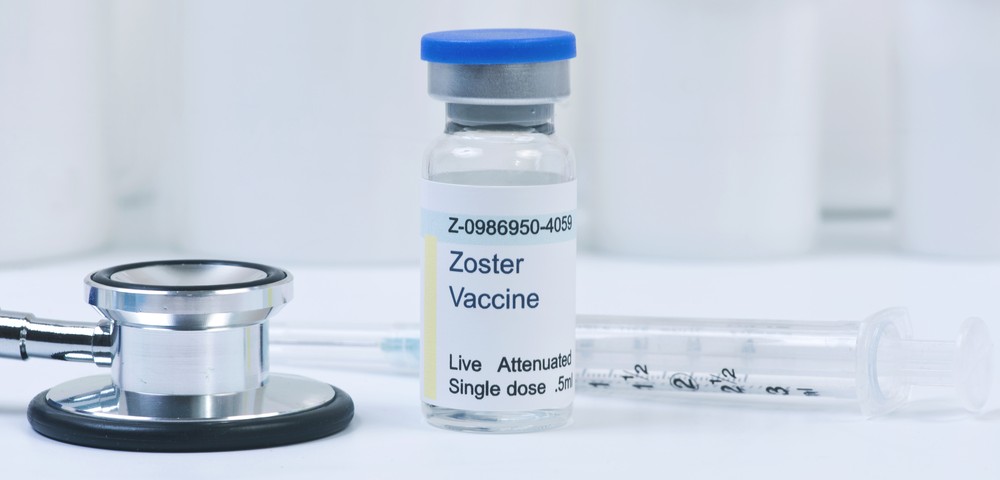Older rheumatoid arthritis (RA) patients being treated with tofacitinib responded well when given a live virus vaccine to prevent shingles, experiencing no clinical complications after vaccination, a new study reports. The findings are important because, while the live zoster vaccine is recommended to prevent shingles in these patients, its use has never been studied and the effect of tofacitinib with such vaccinations is unknown.
The conclusions of study, titled “Assessment of Immunogenicity of Live Zoster Vaccination (Zostavax®) in Rhematoid Arthritis Patients on Background Methotrexate before and after Initiating Tofacitinib or Placebo,” were presented at the American College of Rheumatology Annual Meeting held Nov. 7-11 in San Francisco.
In the study, researchers enrolled 112 patients (older than 50 years of age) previously immunized to varicella zoster (chicken pox) and with active RA despite being treated with methotrexate (for four months or more prior to study participation). Subjects were considered ineligible if they had herpes zoster vaccination or were vaccinated for any condition six months before enrollment. The study’s participants received the Zostavax live varicella virus vaccine to prevent shingles and, after two weeks, were randomized to receive 5 mg of Xeljanz (tofacitinib) twice per day (n = 55) or placebo (n = 57).
Zostavax (zoster vaccine live, Merck) is an FDA-licensed vaccine that helps to reduce the risk of getting shingles, or herpes zoster, in individuals age 50 and older, and is the only U.S.-licensed vaccine that reduces the risk of reactivation of the chicken pox virus. Xeljanz (tofacitinib, Pfizer) is a kinase inhibitor that blocks certain inflammatory substances in the body and is used to treat moderate to severe rheumatoid arthritis in patients who do not respond to methotrexate.
The team measured T cell enumeration and varicella zoster virus-specific immunoglobulin G (IgG) before immunization and again after two, six and 14 weeks of vaccination. The results revealed that after two weeks, the geometric mean fold rise (GMFR) in varicella zoster virus-specific IgG titer was of 2.11 in those patients who received the treatment, and 1.74 in the group of patients who received the placebo, both equivalent to a healthy population, as the researchers noted. At six weeks, there was a 1.5-fold rise in IgG titer in 57.4% and 43.4% of the treatment and placebo group, respectively. Additionally, there was an identical increase in T cell count in both groups.
In terms of adverse side events, researchers noted one patient developed cutaneous dissemination with the vaccine Oka strain two days following the initiation of treatment with tofacitinib, while in the placebo group no serious adverse events were registered.


